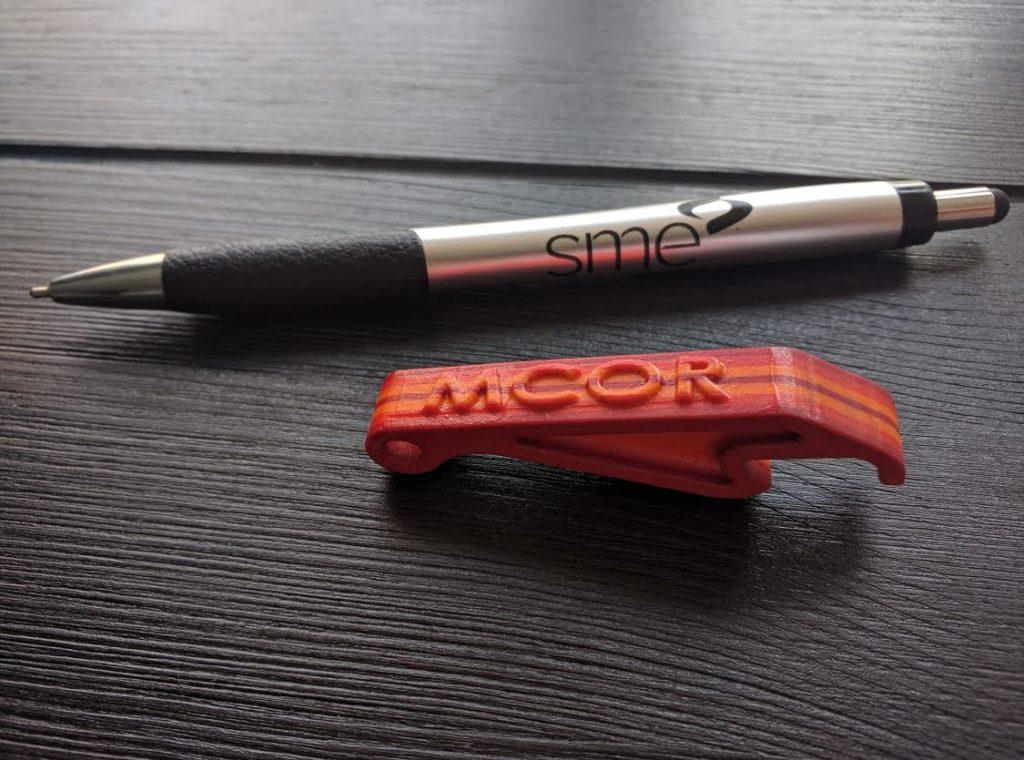 It seems any time a conversation about desktop 3D printing comes up, somebody will utter the words, “toys & tchotchkes.” You can almost feel the air deflate from the conversation. Those in the business will immediately fire back with all the great things they’ve seen produced on these machines. From prosthetics to orthotics, and everything in between. But it doesn’t seem to make much difference. The image is implanted.
It seems any time a conversation about desktop 3D printing comes up, somebody will utter the words, “toys & tchotchkes.” You can almost feel the air deflate from the conversation. Those in the business will immediately fire back with all the great things they’ve seen produced on these machines. From prosthetics to orthotics, and everything in between. But it doesn’t seem to make much difference. The image is implanted.
We all know what toys are, but what exactly is a tchotchke? It can be defined as “a small object that is decorative rather than strictly functional; a trinket.” Lots of products fit into that category. Everything from automotive and tech accessories to decor items and jewelry.
Promotional Products are Big Business
You know, there’s another industry that gets the same rap. Promotional products. For years, if you told people you were in that business, they’d say, “we can’t spend our marketing budget handing out tchotchkes.” Maybe you’re thinking the same thing. But, for a moment, consider some facts:
- 8 in 10 consumers own between 1 and 10 promotional products
- 53% of these people use a promotional product at least once a week
- 6 in 10 of them keep promotional products for up to two years
- Only one in five people will trash an unwanted promotional product
- Before receiving a promotional product, 55% of people had done business with the advertiser. After receiving a promotional product, 85% of people did business with the advertiser
- The “cost per impression” of a writing instrument is one tenth of a cent
- 53% of the time, promotional products create a more favorable impression of the advertiser
- 48% of consumers would like to receive promotional products more often
- Consumers hang on to promotional products for an average of 6.6 months
- 89% of consumers can recall the advertiser of a promotional product they’d received in the last two years
- 91% percent of consumers have at least one promotional product in their kitchen, 74% have at least one in their workspace, 55% have at least one in their bedroom
Who buys promotional products? Top users include:
- Education: Schools, Seminars
- Financial: Banks, Savings & Loan Companies, Credit Unions, Stock Brokers
- Healthcare: Hospitals, Nursing Homes, Clinics
- Not-for-Profit Organizations
- Construction: Building Trades, Building Supplies
- Government: Public Offices, Agencies, Political Candidates
- Trade, Professional Associations and Civic Clubs
- Real Estate: Agents, Title Companies, Appraisers
- Automotive: Manufacturers, Dealers, Parts Suppliers
- Professional: Doctors, Lawyers, CPAs, Architects, etc.
In the US alone, it’s a $21 billion industry. Globally? Maybe $80 billion?
3D Printed Promotional Products
So, why aren’t desktop 3D printer manufacturers more attuned to this market? Beats me. You’d think they’d be all over it. At the Consumer Electronics Show in Las Vegas earlier this year, there wasn’t a single 3D printing vendor who was giving away branded samples that were produced on their machines. The closest I saw was this: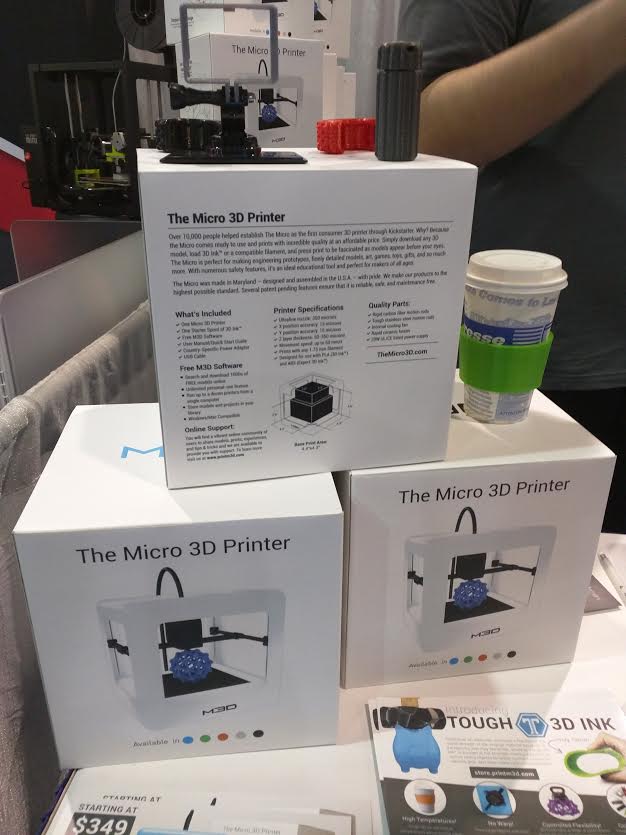
M3D was demonstrating the properties of their Tough 3D Ink with a coffee cup sleeve they produced. It made perfect sense. The material is flexible and is rated to handle high temperatures: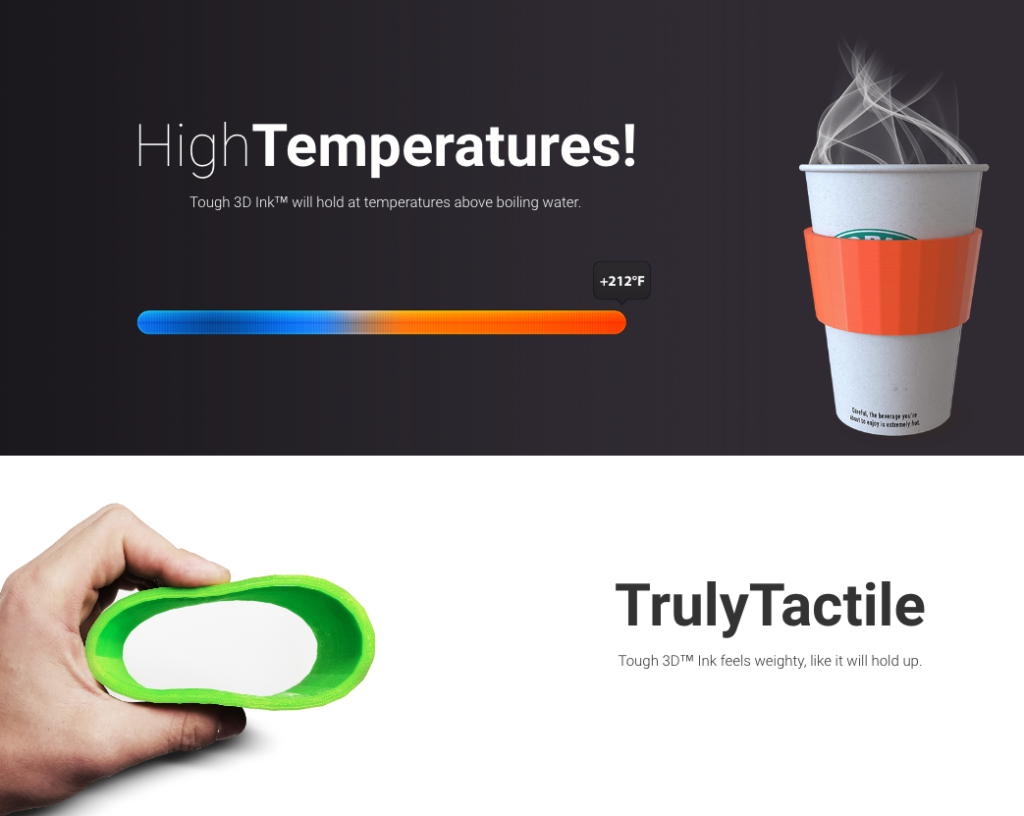
A coffee cup sleeve was a great way to promote their machine and material. They had a few at their booth and their employees were using them, but why the hell didn’t they emboss their logo on them and give them away at the show?
Maybe they didn’t understand the return on investment. According to a recent study, 53% of people own “promotional drinkware” and half of those consumers use logoed drinkware two to three times per week.
There were over 150,000 people at CES. I have no idea how much coffee is served at CES, but it’s probably enough to float a battleship around. I’m guessing the press room alone goes through thousands of gallons per day. Can you imagine if those sleeves were available to all of those tired, miserable souls? Millions of potential impressions were lost.
3D printing companies could have even taken it to another level. Why not find a partner with mutual interests and split the costs, or better yet, make money! In 2014, Nescafé was at CES looking for the next innovation in coffee. Last year, a company called Ripples was there, promoting an app that allows you to upload a picture and have it “printed” on a foam topped drink. The opportunities there were endless.
Beyond the Tradeshow
It can even work with consumer products outside of a tradeshow environment. Every year consumer packaged goods companies run 50,000 promotions in US stores. Over half are unsuccessful because they either fail to deliver ROI or somehow devalue the brand.
Often these are on-pack or in-pack promotions that offer a free product with purchase. Buy four cans of soup and get a free…whatever. How many of those promotions could feature a 3D printed product? You know, something like, “buy two spools of fishing line and get a free 3D printed fishing lure.”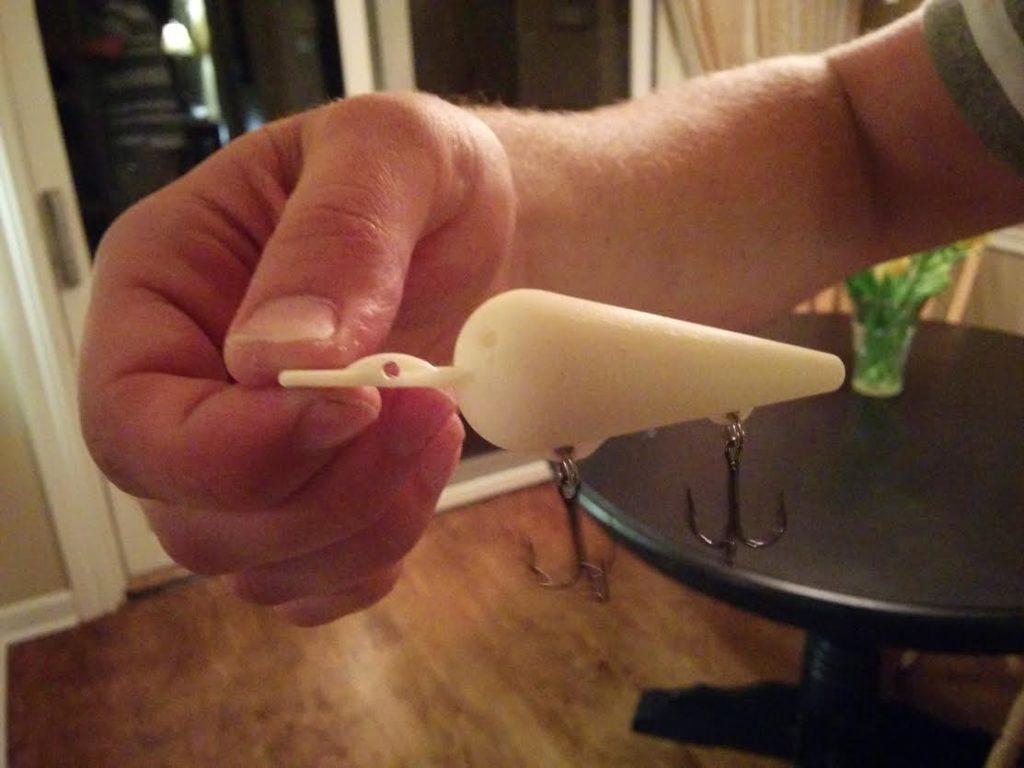
It could even be run in conjunction with, and only available at a specific store. Just add “only at Cabela’s” to the previous example.
Beyond Consumer Products
It’s not just a strategy for consumer-oriented products and services. Since the downturn of of the consumer market for 3D printers, nearly every manufacturer has scrambled to pivot into other markets. Most are targeting education and professional services.
This week, the International Society for Technology in Education will host its annual conference and tradeshow in Denver, Colorado. Over 16,000 educators will attend and 500 companies will exhibit. Some of those exhibitors will represent the 3D printing industry. They’ll be there talking with teachers about hardware, software, content and curriculum that can help bring 3D printing into the classroom.
Of those, how many will be handing out promotional products? How many of their give-away items will have been 3D printed? For companies in this industry, it’s the perfect opportunity to “eat your own dog food.”
It’s not only education. The same strategy works for nearly every market. Architects and engineers? They have tradeshows. Outdoor power equipment? There’s one for that too.
You really don’t even need to be at the show. Save the $25-$50K and just run an online promotion where you give those samples away. But the point is this. If you want people to buy your printers and filament, they have to see what they can do with it.
It’s been said many times before but, people don’t want a drill, or even a drill bit…they want a hole!
Distributors and Suppliers
Then there are the suppliers themselves. Did you know that the promotional products trade group, the Advertising Specialty Institute (ASI) boasts a membership of 33,000+ distributor firms (sellers) and 3,500+ supplier firms (manufacturers)? Some of the distributor firms have thousands of sales reps. Others are small mom & pops.
Every one of them is a prospect for 3D printing. Who do you think buys engravers or embroidering machines?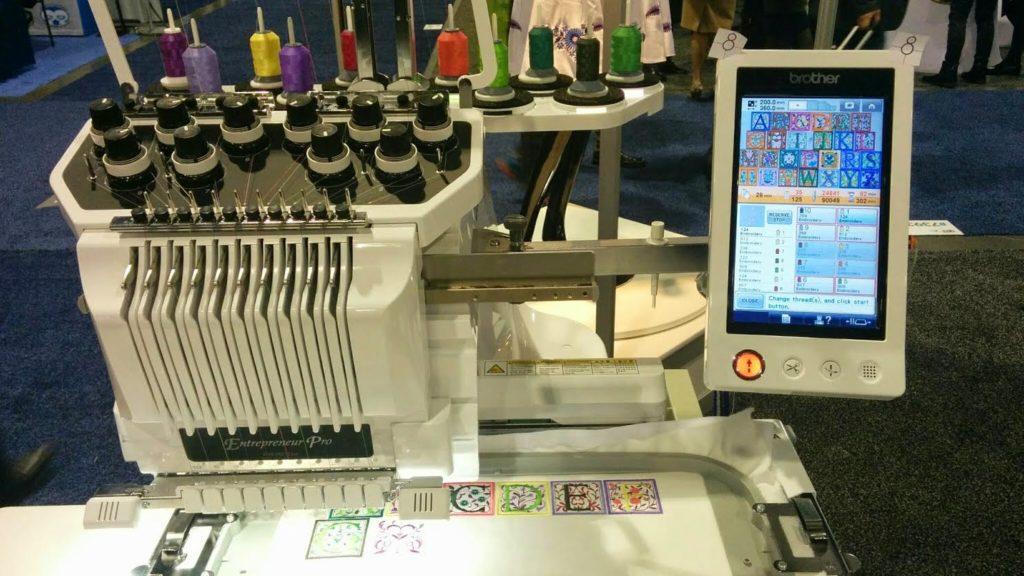
Here’s my point. Promotional products are the perfect way for the 3D printing industry to market 3D printing. It can be done on a small scale, one tradeshow or campaign at a time, or a 3D printing equipment manufacturer can think bigger by embracing an industry that’s already established and positioned to help it get product into the market.
If 3D printer manufacturers want to sell more machines and consumables, they need to stop selling speeds and feeds, and start focusing on applications. There is no better or more immediate opportunity than in promotional products. The impact for them could be so viral.
But frankly, I’m not surprised more companies haven’t figured it out. The 2D printing industry was the same way. Printers would talk clients to death about how they should do more direct mail. Then you’d ask them how many pieces they’d sent out in the last month, marketing their own printing services. More often than not, the answer was “none.”
John Hauer is the Founder and CEO of Get3DSmart, a consulting practice which helps large companies understand and capitalize on opportunities with 3D printing. Prior to that, John co-founded and served as the CEO of 3DLT. The company worked with retailers and their suppliers, helping them sell 3D printable products, online and in-store.
John’s original content has been featured on TechCrunch, QZ.com, Techfaster.com, 3DPrint.com and Inside3DP.com, among others. Follow him on Twitter at @Get3DJohn
Subscribe to Our Email Newsletter
Stay up-to-date on all the latest news from the 3D printing industry and receive information and offers from third party vendors.
You May Also Like
3D Printing Unpeeled: New Arkema Material for HP, Saddle and Macro MEMS
A new Arkema material for MJF is said to reduce costs per part by up to 25% and have an 85% reusability ratio. HP 3D HR PA 12 S has been...
3D Printing News Briefs, January 20, 2024: FDM, LPBF, Underwater 3D Printer, Racing, & More
We’re starting off with a process certification in today’s 3D Printing News Briefs, and then moving on to research about solute trapping, laser powder bed fusion, and then moving on...
3D Printing Webinar and Event Roundup: December 3, 2023
We’ve got plenty of events and webinars coming up for you this week! Quickparts is having a Manufacturing Roadshow, America Makes is holding a Member Town Hall, Stratafest makes two...
Formnext 2023 Day Three: Slam Dunk
I’m high—high on trade show. I’ve met numerous new faces and reconnected with old friends, creating an absolutely wonderful atmosphere. The excitement is palpable over several emerging developments. The high...































